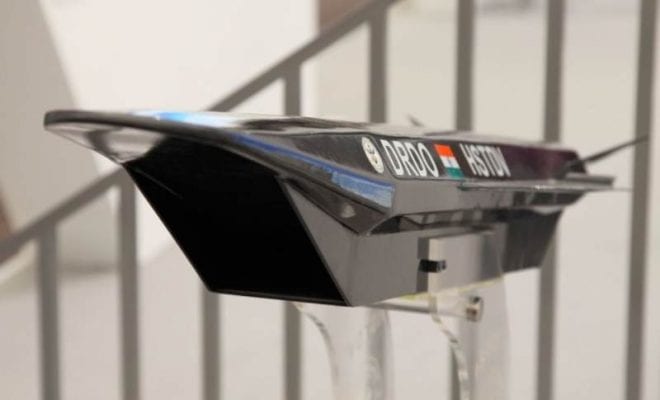Future of Indian defense tech bolstered by DRDO’s Hypersonic Wind Tunnel

DRDO’s Hypersonic Wind Tunnel: Saturday marked a milestone in strengthening India’s position as technology titan as Defense Minister Rajnath Singh inaugurated DRDO’s (Defense Research and Development Organization) groundbreaking Hypersonic Wind Tunnel (HWT) test facility. Apart from India, only Russia and the US have such state-of-the-art facility.
The indigenous facility can simulate hypersonic airflow. This will play a crucial role in bolstering India’s quest to develop defense technologies and futuristic aerospace.
A wind tunnel basically helps to carry out aerospace technologies testing without testing them in real-life situation. Wind tunnel works on the concept of aerodynamics – let airflow pass the stationary projectile while it is on ground. In this situation, the wind tunnel is made of a narrow pipe with wide areas at different sections, and then air is blow via large fan at the centre. Narrower the pipe is made, faster air will pass through it.
Development of wind tunnel facility is crucial as various countries are moving forward with focus on hypersonic technologies in the defense sector. Hypersonic wind tunnel is essentially critical at present to construct how projectile can withstand tremendous air flow and temperatures mid-flight.
This year in September, DRDO had a breakthrough with development and successful testing of hypersonic technology demonstrator vehicle (HSTDV) which was powered by a scramjet engine. Although, HSTDV is not a weapon in itself, its successful testing paved out a path for developing hypersonic and long-range cruise missiles. The HSTDV can reach cruise speeds of up to Mach 6 and escalate to an altitude of 32.5km in merely 20 seconds.
Generally speaking, Mach 5 is held as differentiating threshold between supersonic and hypersonic wind tunnels.
Hypersonic missiles have been called “a new class of military threat” by the American think-tank RAND Corp. These missiles can reach speed of over 5000 km per hour and retain maneuverability at the same time, along with penetrating missile defense systems and thereby reduce time threat has to respond.
Apart from defense purposes, this technology also has civilian purposes, like launching small satellites at a small cost.



